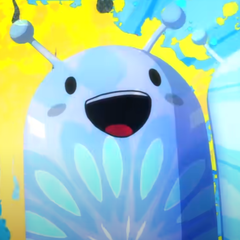eLiXiVy: a 65% mechanical keyboard build log, PCB anatomy and how I open-sourced this project

By
minibois
in Peripherals
in Peripherals
-
Featured Topics
-
Topics
-
CentreMetre ·
Posted in Peripherals0 -
WolfOfValhalla ·
Posted in Graphics Cards6 -
6
-
10
-
JezzaKyle ·
Posted in Troubleshooting3 -
6
-
RanchTheHay005 ·
Posted in New Builds and Planning0 -
2
-
2
-
3
-


















Create an account or sign in to comment
You need to be a member in order to leave a comment
Create an account
Sign up for a new account in our community. It's easy!
Register a new accountSign in
Already have an account? Sign in here.
Sign In Now